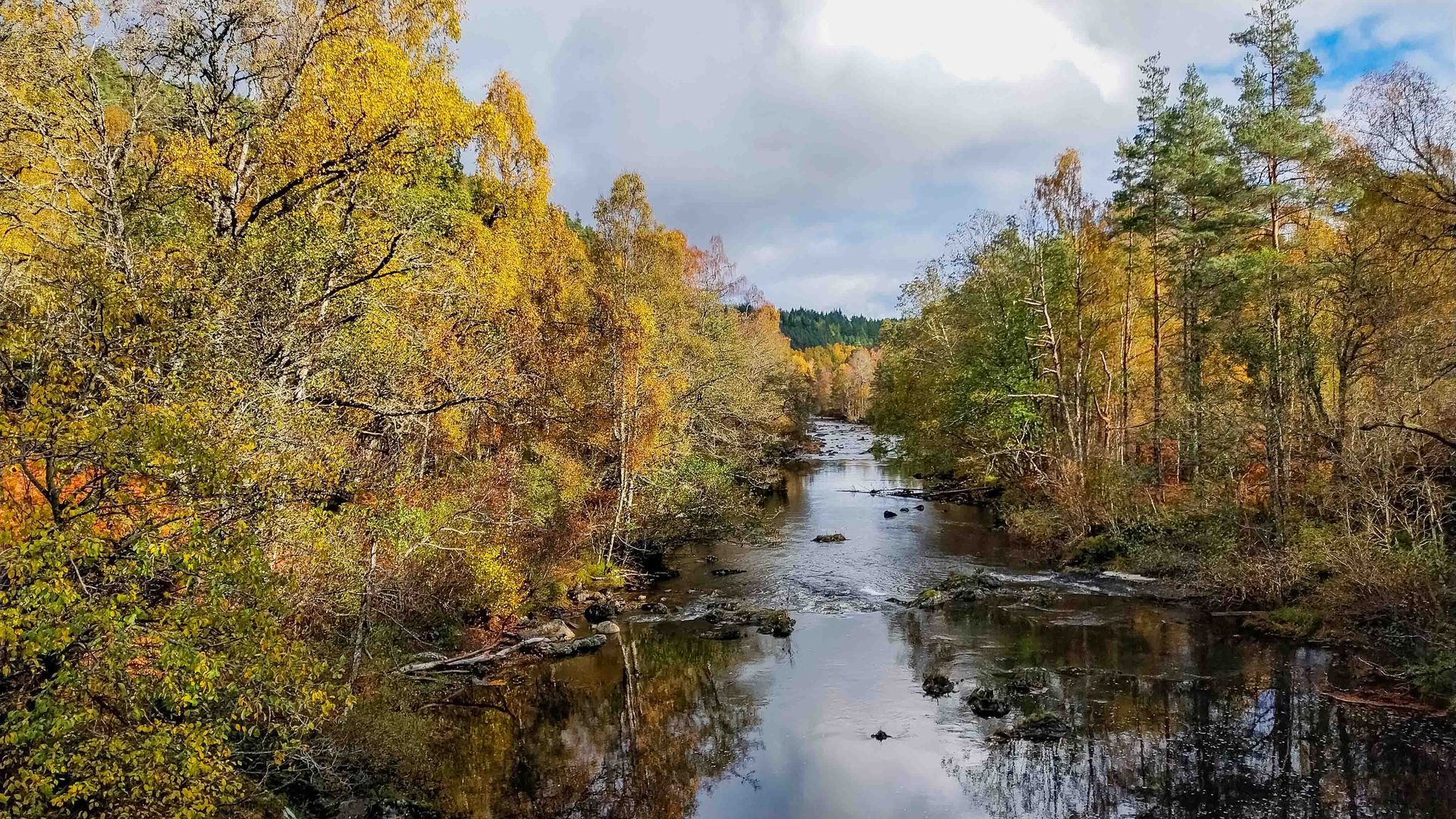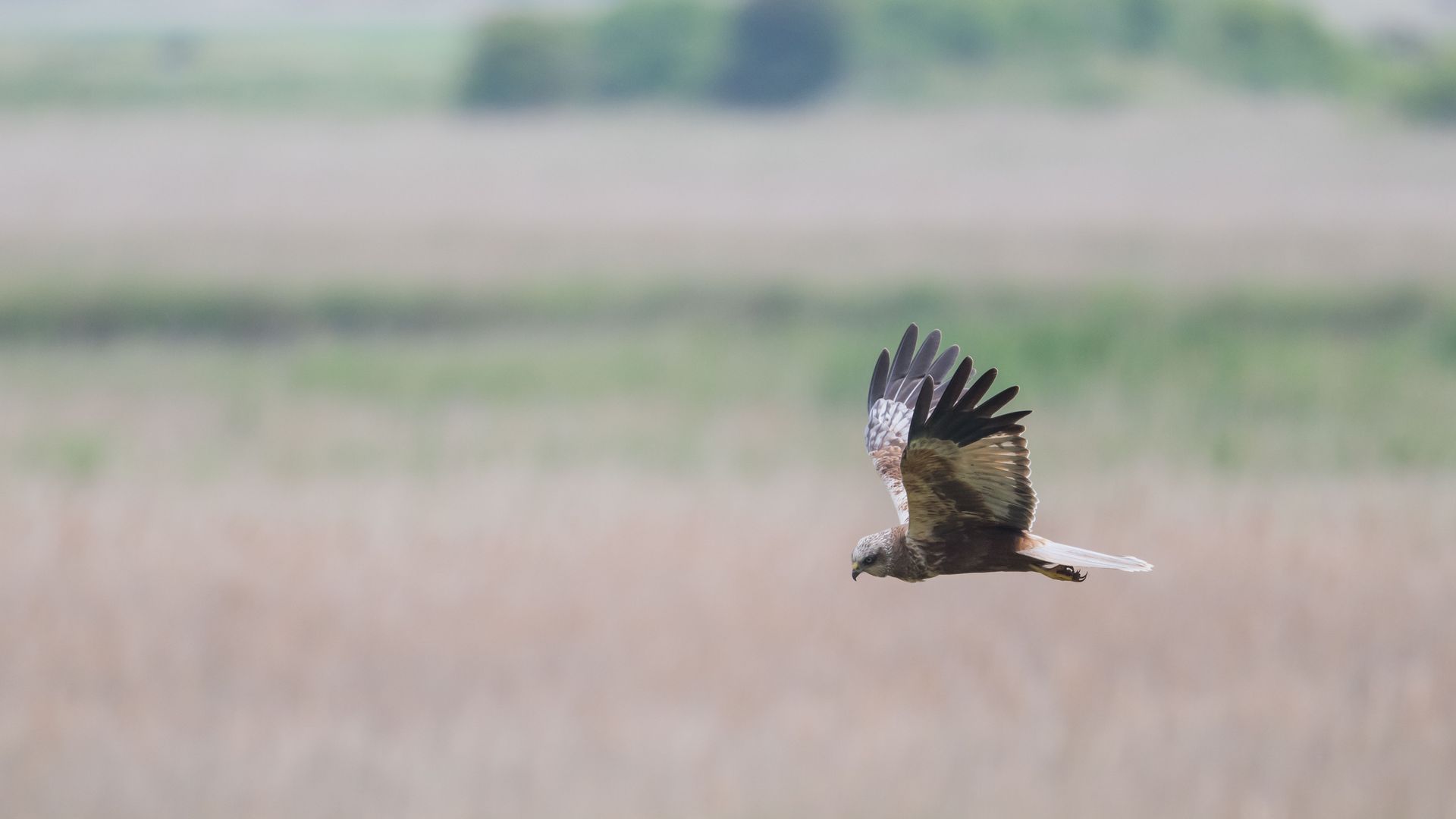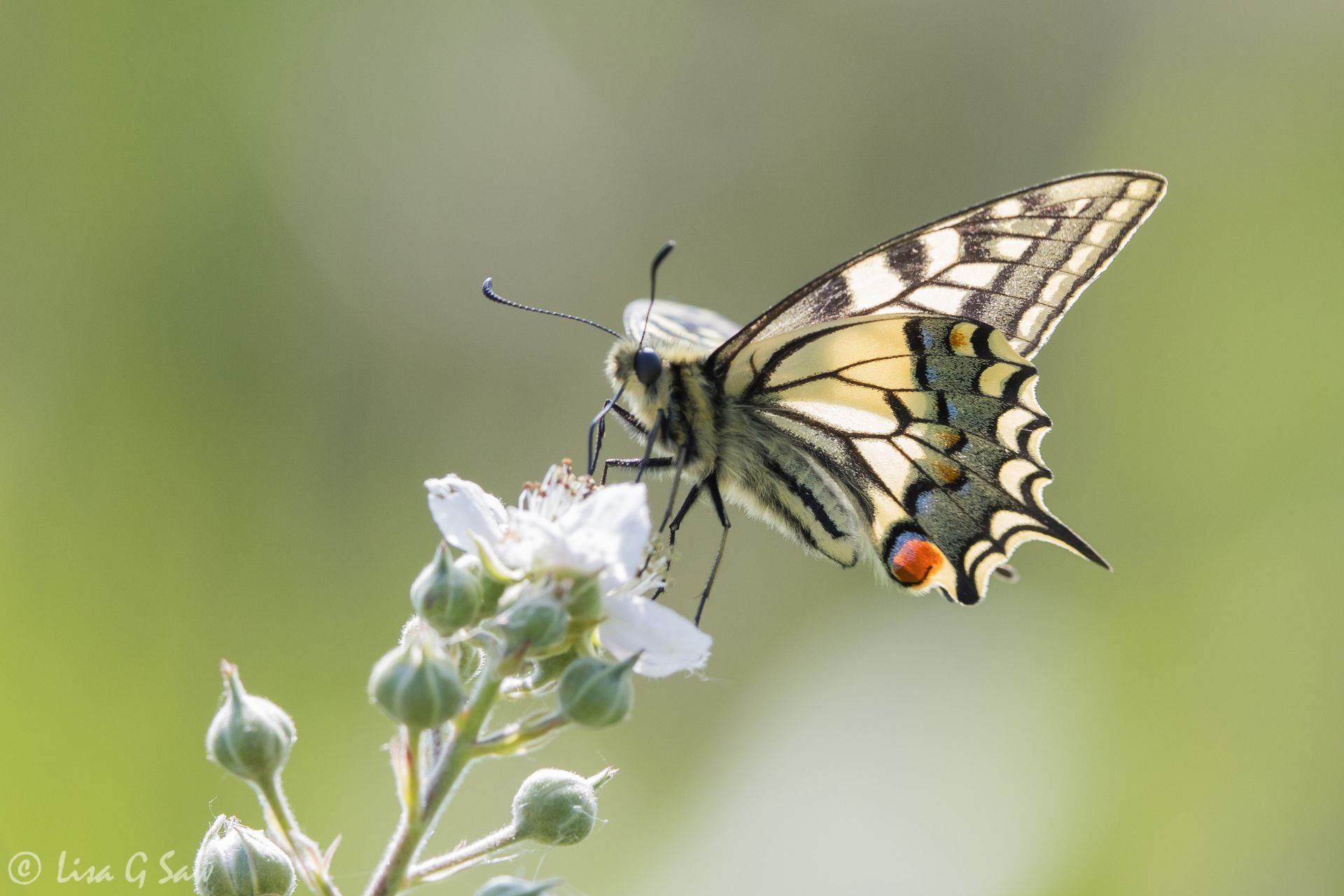South Georgia Day 4
GOLD HARBOUR
The Plancius sailed down to the southern part of the island for our final day in South Georgia. It was yet another jam packed day and we had an early wake up call so we could fit everything in! First on the agenda was a landing at Gold Harbour. Even though we were seeing more of the same species we'd already seen, it turned out to be a fabulous place. In fact, it was probably one of my favourite landings. It's a compact beach filled to the brim with wildlife. I felt so close to it all, and unlike the day before, we were at ground level with most of it. This felt much more special.
As was so often the case with our landings, the first wildlife we came across were the Elephant Seals on the beach. There were more youngsters stealing my attention, with those gorgeous big black eyes.
This "weaner" was probably trying to regulate its body temperature by flicking cooler sand onto its back.
The adults were also keeping an eye on us as we walked passed.
I loved these three females vocalising. They look like they're having a right laugh!
There were lots of Elephant Seals strewn across the beach, lazily lying on the black sand. They were easy to mistake for rocks, so you really had to pay attention to where you walked!
There is a large breeding colony of King Penguins at Gold Harbour, with over 26,000 breeding pairs. As we'd found at other sites, there were many adults, juveniles and chicks all found at the same location.
It was amazing to see how fearless the penguins were, walking right up to us at times. Who is watching who? Thankfully, all the way in these remote parts, the wildlife doesn't fear humans. I hope it stays that way. I loved watching this one as it flapped its wings. Of course, these wings aren't any good for flying. They resemble flippers and are meant for swimming.
At the end of the walk, we reached the main colony and where the bulk of the chicks were bunched up together. They were always a joy to see, also flapping their wings, having a shake and calling out...ever hungry and waiting patiently - or perhaps not so patiently - for one of their parents to return with food. Some definitely looked more well fed than others.
Amongst the King Penguins and chicks we spotted a few Gentoo Penguins. You can see how much smaller they are, even compared to the chicks. Plus, you can also appreciate just how large the massive Elephant Seals are too!
Nearby there were two female Elephant Seals having a good snooze. Our group were so close to them, but they kept sleeping, totally oblivious to us and unperturbed.
As we retraced our steps slowly back along the beach, we stopped alongside a mass of moulting penguins by the river.
It certainly was a dramatic place, with the glacier visible on the mountains behind the beach.
In terms of our flying friends, we'd seen even more Brown Skuas on the beach, plenty of Giant Petrels, a few South Georgia Pipits again and these wonderful Light Mantled Sooty Albatross. They were synchronised as they were flying together, which is part of their courtship display.
I'd just been thinking to myself, wouldn't it be great to see a King Penguin coming ashore and moments later it literally happened. You can see how it uses its wings to help move into an upright position.
After a really wonderful morning landing we headed back to the boat. I was starting to feel hungry and wondering what time lunch would be. Then I realised, we hadn't had breakfast yet!
COOPER'S BAY
After refueling ourselves, we went back out on the zodiacs for a cruise around Cooper's Bay. Chinstrap and Gentoo Penguins were porpoising near our boat quite often, but usually moving away from us. I struggled to take any photos as I was often in the wrong position too. But, eventually, I was lucky!
Unfortunately, our boat wasn't taken closer to the shoreline, but I was able to capture this rather lovely moment when a Chinstrap Penguin waddled past a female Elephant Seal and her pup. It was just starting to snow too! I love the snow and was thrilled we had some of the white stuff, though it can make it tricky for taking photos!
We were also fortunate enough to witness a battle on the beach between two large male Elephant Seals. They both had lots of battle scars on them already. One of these two might even have been the 'Beachmaster'. They were loud and aggressive. You can even see the red in the eye of the one on the right. Despite their size, they were shifting around on the beach with surprising ease, and swinging themselves towards their opponent with amazing power.
Look at all the hot air they're exhaling. They were doing a lot of deep vocalising that could be heard all along the beach.
Things had just settled down between them, when we heard that a group in another zodiac had spotted a Leopard Seal around in the next bay. This was a new species for our trip, and so we quickly headed over to join them, along with a few other boats that were close enough to get there quickly. There was no sign of it at first. Then our driver tapped his foot a few times on the floor, in the hopes that would get its attention. It worked. Suddenly, right alongside us, less than a metre away, the Leopard Seal rose up out of the water nose first. Luckily, I spotted it in a gap between two people sitting on the other side of the boat to me and quickly took a photo just in time, as the seal was going down. Within seconds it had disappeared again.
We waited around for quite a while, but it didn't resurface much, and when it did, it wasn't that close to our boat. I only managed to get one other good photo before we moved on.
We continued moving on to the other end of the bay and were equally thrilled to discover there were some Macaroni Penguins climbing up a steep snow-covered hill just behind the beach. This was one penguin species we'd struggled to get decent sightings of. With only two previous sightings, which were either distant or brief, I was so pleased we had a better view at last. I was amazed how high they were climbing up. That's when I realised there were already some at the top of the hill just to the left amongst the tussock grass.
We saw another one on the rocks close to the beach, but it was tricky to photograph. Once again, it was proving difficult getting a close shot. Then, as luck would have it, there was one solitary one on a rocky island just a little distance out from the beach. It posed beautifully for us for quite some time. It might have been wondering what all the fuss was about, with several zodiacs surrounding the rock. After a while, it started to waddle and hop down the rock towards us and I was able to see it fully. Fabulous!
Gradually, it made its way down to the water and jumped in!
It was the perfect way to end our morning!
DRYGALSKI FJORD
From Cooper's Bay the ship sailed into Drygalski Fjord. With towering mountains either side of us, and countless glaciers, it was impressive. The water was also a stunning blue colour.
I love the blue ice of the glaciers.
Whilst we were making our way towards the Jenkins Glacier at the end of the fjord, I saw two sections of glacier break away. They were very small in size, but still created quite a splash in the water.
There were quite a few Snow Petrels seen flying around our ship. We were now travelling relatively slowly, so it was wonderful to have a good opportunity to photograph these beautiful birds.
When we reached Jenkins Glacier (below) everyone on board was invited up onto the top deck to have a hot drink. Bob and I enjoyed a toast to celebrate our trip so far. South Georgia far exceeded both our expectations. We'd seen some amazing wildlife and stunning scenery. It really had been an unforgettable experience already. Just knowing that Bird Flu and bad weather could have impacted the number of landings that were possible, made me all the more grateful. It was certainly a risk being the first boat in these waters at the start of the summer season, but thankfully for us, it had paid off. I had no idea what experiences would be in store for us in Antarctica itself, and though I was sad to leave South Georgia, I was also eager to travel further south.
Next post in series: To Antarctica!
To see a smaller selection of my favourite photos from the holiday, click here.



